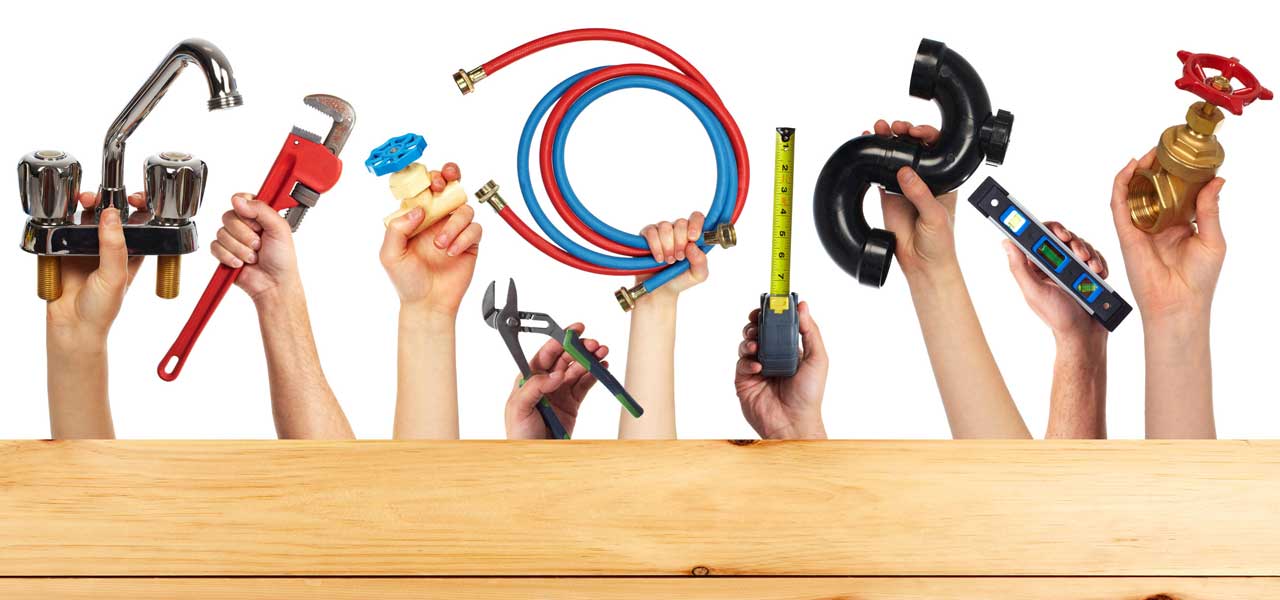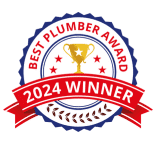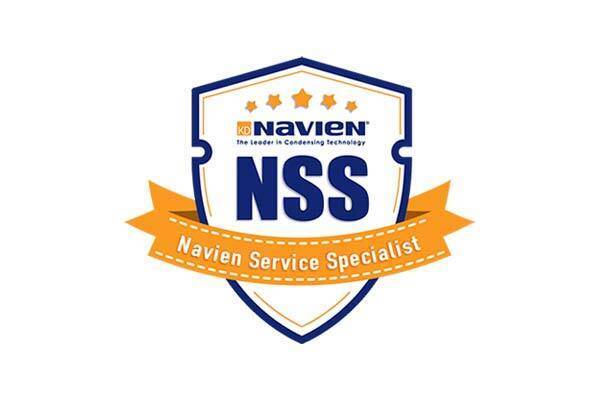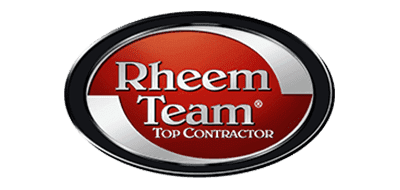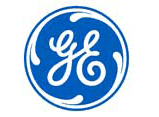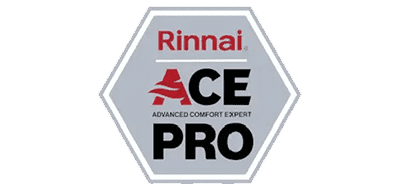When you hear the word plumbing, what comes to mind? A licensed plumber arrives at your door with an oversized tool belt. He’s wearing a pair of droopy pants. He exposes an unfortunate amount of skin on his backside every time he bends over to inspect your kitchen sink issue? Well, that generalization does still exist.
But we’re not referring to plumber. We’re talking about plumbing, and more specifically, plumbing. You might think of your bathrooms, your toilets, maybe the shower, sinks, and perhaps the dishwasher or the disposal. In reality, there are several types of plumbing systems, each different. Each responsible for kind of water and gas inflow or outflow.
Why is it important to understand your home’s plumbing system?
This may not seem that interesting at this point. But as a homeowner, becoming knowledgeable of the associated pipes, valves, and components will help you resolve simple issues. It will also allow you to communicate with plumbers or other technicians what’s going on effectively. For those who rent and rather not deal with the landlord, if avoidable, this is also a great idea.
With a solid foundation of knowledge, you can take care of easy to fix plumbing issues while knowing when you should call a professional. You are much less likely to fall prey to a plumber that overcharges you or does work that isn’t required when you have a good understanding of plumbing systems.
The following is a start on the information you should know about plumbing systems to understand yours.
Home Plumbing Systems
With all of the appliances and fixtures that require water in your home, you may think that plumbing is critical. There are only two systems in your home that control all of your water needs. The first is known as the potable water supply. It provides your house with all its freshwater. The second is the drainage system. It removes the wastewater from your home. The two systems never intersect, to prevent the contamination of your clean water supply.
Potable Water Supply
Your potable water supply is the first type of plumbing. This plumbing system provides tap water for the following appliances and plumbing fixtures, including the following:
- Kitchen and bathroom sinks
- Toilets
- Bathtubs & showers
- Dishwasher
- Washing machine
- Outdoor faucets for hoses
- All areas with running water in your home.
Depending on where you live, the source of the water in the potable water system varies. Most likely potable water comes from a regional water treatment facility that supplies water to homes and businesses. More rural areas often have water coming from wells. Your potable water system in both cases is connected underground to the water source. The main pipeline typically in Houston is a quarter-inch connects as it emerges from the ground to the main shutoff valve just before it enters your house walls or runs underneath the floor (common in Houston’s older homes). Delivering water as needed, this is the most important type of plumbing in your home. Your potable water system set-up is as follows:
- Pipes-Underground connections supply your home with fresh water. The main pipeline connects to the shutoff valve—a series of pipes run throughout your home, underneath the floor, and behind the walls. The potable water travels through these pipes as needed when you turn on faucets.
- Shutoff Valves-The main valve controls your entire potable water supply as well as other valves throughout your home through individual fixtures. During installations, maintenance, or repairs, you or a technician will turn these valves off. Shutoff valves completely block the flow of water so that you can work on pipes without soaking the area.
- Water Meter-Before your home receives freshwater, the pipes deliver it through a water meter, which sits outside near your home. Water companies in the Houston area make monthly checks of these meters to gauge your water usage.
- Water Heater-Your main water supply connects to your water heater through a system of pipes. Plumbing systems are separated into hot and water lines.
- Faucets-Your sinks, bathtubs, and showers are all equipped with knobs and faucets that control the water. Hot and cold knobs pull the water from the two different lines, and the water flows out accordingly.
Drainage System
Next, the second type of plumbing is the plumbing drainage venting system. While the potable water supply plumbing delivers clean water into your home, the plumbing drainage venting system removes the waste away from your home. The drainage venting system includes the outgoing pipes from your drains in your sinks, showers, garbage disposal, and your toilet flush system. This series of pipes and components remove wastewater from your home and carries it to a treatment location.
This plumbing system feeds into the sewer system maintained by your city.
In more rural areas, onsite septic systems are necessary. Homeowners face most commonly back up problems with these pipe systems, and these issues very often require professionals to repair properly.
Your draining system consists of the following components:
- Drain Pipes-Any fixture in your house that features running waters also has pipes. With downward angles, these pipes rely heavily on gravity to enable the flow of water. Wastewater flows out of your home to the main waste and vent stack, which connects to an underground stack. This then connects to an underground sewer line, which then runs to a city collector line.
- Drain Vents-The roof vent of your home features a drain vent that releases air into the drain pipes. The airflow ensures the proper movement of the wastewater through the system. It’s essential to keep this vent clear of debris to avoid a back-up of drains.
Getting to know your pipes
Whether you’re dealing with a small problem or an emergency, knowing how your plumbing system works will only be advantageous. Maintaining all of your home systems, including your plumbing, is vital to ensure it’s running at its optimum. At Nick’s Plumbing and Air Conditioning Services, we strongly encourage all of our customers if they have questions about their plumbing system to give us a call. We’d be more than happy to answer them.
We look forward to hearing from you!




